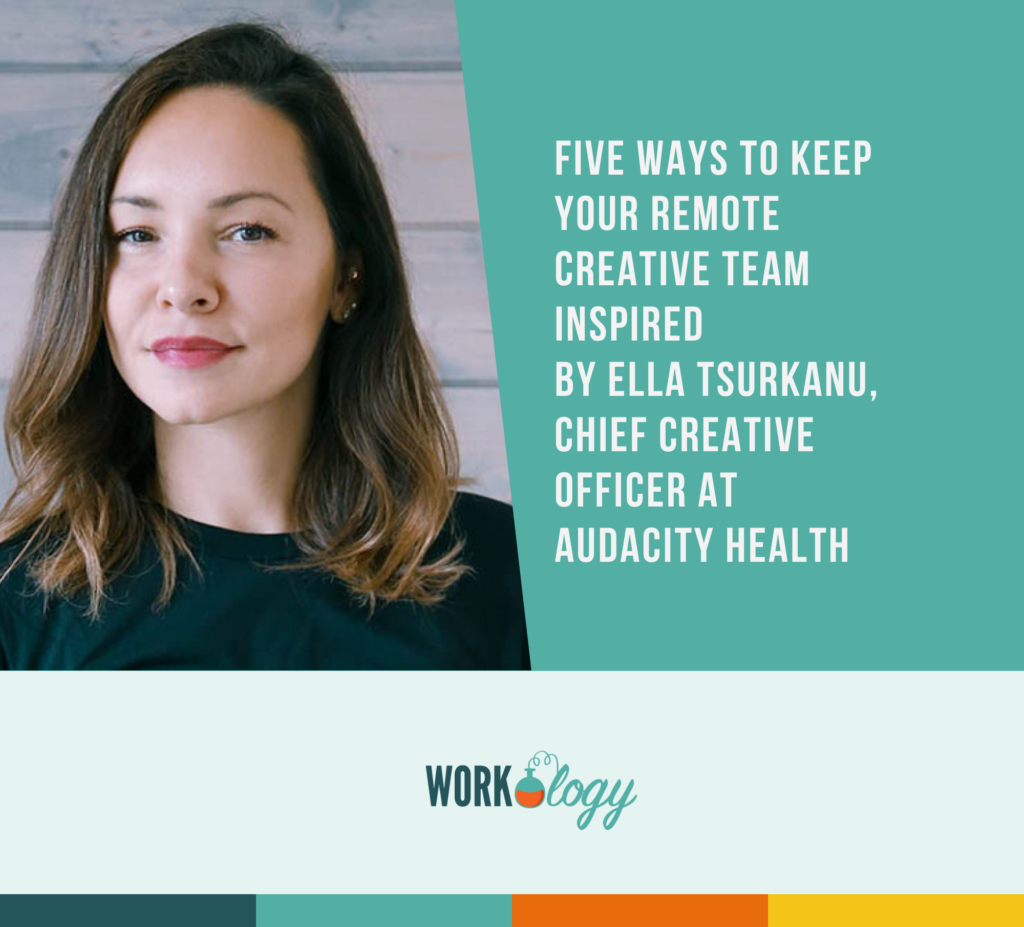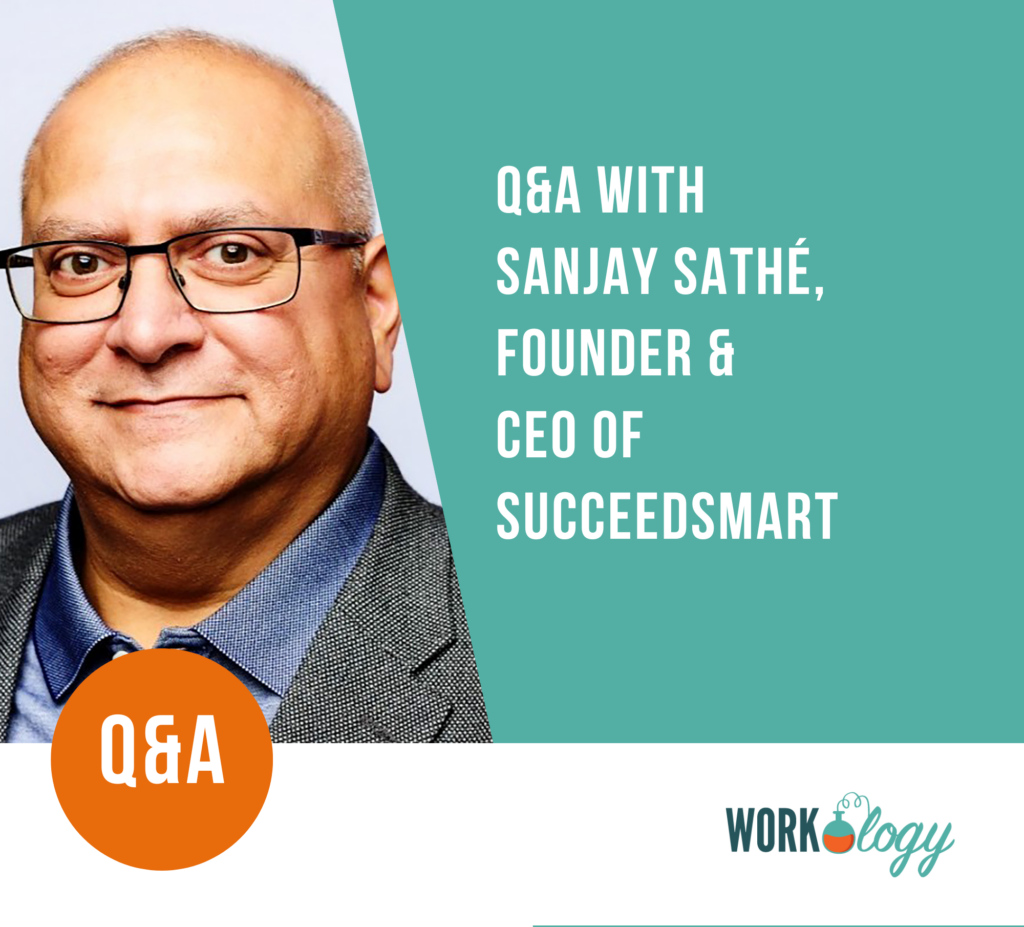Accessing your own personal creative energy can be tricky—and that challenge is multiplied as you try to inspire an entire team of creatives. Waiting for your muse to show up simply doesn’t work in the creativity business, especially as you’re also dealing with the day-to-day challenges of getting work done. Over the past two years as Chief Creative Officer at Audacity Health, I’ve doubled my team size while transitioning from an in-office to a remote-hybrid setup. Even as my team and processes were in flux, these tactics helped us grab our muses and put them to work.
Stay adaptable
When the pandemic hit, it really threw a wrench into my creative department’s well-oiled machine. For myself and my team, shifting away from working in-office and towards a more distributed form of work presented new challenges: how would we collaborate? How would we keep quality high? We needed to find ways to be excited about the new ways of working.
For example, remote work requires being much more intentional about team interactions. One of the first changes I made was formalizing weekly or bi-weekly one-on-ones with my team, especially interns and junior designers. I use these check-ins to review their work, give feedback, and answer any questions they may have. You can also use these check-ins to provide mentorship and advice on projects, career development, and the creative industry in general.
Shape your space
One of the most significant advantages of working from home is that it gives you a lot of control over your environment. Much like personalizing your in-office desk, I’ve encouraged my team to arrange spaces where they can create their best work. Audacity allocates company funds towards helping people set up their home offices, so they can build a nest where creativity can flourish.
Create community
Creativity thrives through interaction, and sharing good work is an area where it can help to lead by example. Members of my team are encouraged to show off and discuss work they’re inspired by. I have my own favorite go-to sources, like Lürzer’s Archive, and if I notice that slack is quiet, I’ll try to share something new to get the team’s creative juices flowing.
We’ve also enthusiastically adopted FigJam as a kind of virtual working space, where we can pin ideas, sketch out new concepts, and brainstorm together. While nothing quite captures the tactile feel of sticky notes on a whiteboard, we’ve been able to find new collaborative tools that help us ideate, iterate, and excel.
Protect Your Team’s Time
Deep focus is as crucial to creativity as interaction is. Just like we’ve had to find new ways to collaborate, we’ve also had to find new ways to protect our time. Different tactics work better for other people, but some members of my team practice timed sprints, or clearly delineate their “workspaces” from their “home spaces.” My entire team uses calendar blocks and slack statuses to let one another know when we’re in the zone. Focus time is one of the things that tends to get sacrificed first when work gets busy. As a manager, it’s important to be mindful that it’s something your creatives need—and rely on you to protect.
Give Effective Feedback
Creative criticism can be a tricky subject, but I’ve found it helpful to adopt the attitude that steel sharpens steel. Establishing a workplace where creatives are able to respectfully challenge one another—and where everyone knows they will have to defend their work—encourages team members to be thoughtful and thorough. It’s important to be mindful here though because as a manager you are responsible for setting the tone of your workplace. Avoid harsh, personal, or even vaguely worded criticism—if you see that something can be improved, be straightforward and clear about how you think your team should improve it.
One of the best things about managing creatives is that I get to work with some of the most inspiring, self-motivated people I’ve ever met. When you give creatives the space and opportunities to try new things, grow their skills, and prove themselves, they will rise to the challenge again and again.








